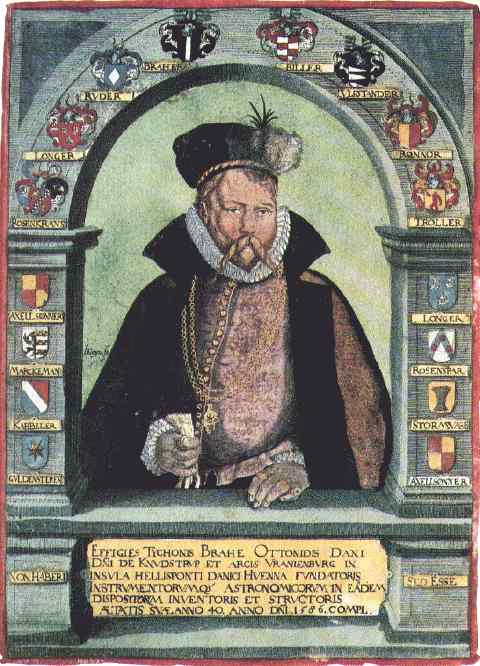Puzzle #2
Posted by John Baez
The names of which pair of Shakespearean characters appear on the astronomer Tycho Brahe’s coat of arms - in the list of his ancestors?
For extra credit: why? (Nobody seems to know.)
Posted at October 1, 2006 6:30 AM UTC

Re: Puzzle #2
Rosenkrantz and Guildenstern. By a bizarre coincidence, I was just talking about this on usenet with someone who’s looking into medieval and renaissance Scandinavia for a story she’s writing.
Shakespeare’s characters are assumed to have been based on Frederick Rosenkrantz and Knud Gyldenstierne, who were present on an embassy to England in 1592, and were respectively Tycho’s third cousin and some other sort of cousin.
The Rosenkrantz and Gyldenstierne families were major players in Denmark’s aristocracy over several generations, as were the Brahe family and the Bille family (Tycho’s mother’s family). And, in the words of my usenet interlocutor, “the nobility married amongst themselves a lot.”
She also pointed me to this genealogy. The astronomer is not the Tyge at the top but the one directly under him two generations later.
My other source was (Kitty Ferguson, Tycho and Kepler, Headline Book Publishing, 2002) which talks about Rosenkrantz and Gyldenstierne on pp 261-2.